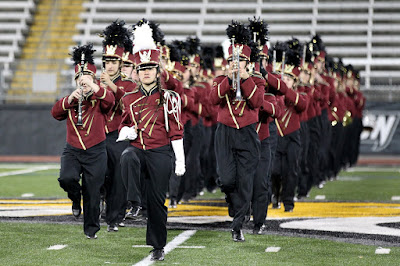 Scuba
Diving is a recreational activity which allows people to explore the submarine
environment for extended periods of time. It is surprisingly dangerous
activity, resulting in more fatalities than recreations such as skydiving. But,
scuba diving has many rewards. So what does it take to scuba dive? The success of scuba diving is dependent upon
3 main factors.
Scuba
Diving is a recreational activity which allows people to explore the submarine
environment for extended periods of time. It is surprisingly dangerous
activity, resulting in more fatalities than recreations such as skydiving. But,
scuba diving has many rewards. So what does it take to scuba dive? The success of scuba diving is dependent upon
3 main factors.
The first factor is the equipment.
The equipment is what allows the diver to spend the amount of time it does
under water, and dive down to the depths they want. The first piece of
equipment is the mask. The mask allows the scuba diver to see under water. It
is possible to dive without a mask, however, being able to see while under water
is kind of important. The second piece of equipment needed are the fins. The
fins allow the diver to more control over his or her movements, and to move
around faster. The fins are worn on the feet, and helps to push the diver
through the water like the fins of a fish. The next piece of equipment is the
BCD.The BCD has
three main functions. The first being that it helps to control buoyancy. As a
diver dives deeper, the buoyant forces become weaker. So the diver needs
additional weights to offset his or her buoyancy. This vest (the BCD) can be
filled with more air, or let air out. If the diver has dived deep, he or she
becomes less buoyant, so they need to sill the BCD with more air so that they
stay at the same level. If they are close to the surface, they would let out
air to become less buoyant so that they don’t float up to the surface. The
BCD’s second function is to allow diver to attach accessories. The diver can
attach knives, lights, dive slates, etc. The suit keeps them tucked away so
that they don’t drag the ocean floor and damage the environment, but still
easily accessible to the diver. Lastly, the BCD is what the air tank is
attached to.
The air
tank is exactly as it sounds. It is a tank that contains compressed air. This
is what provides the air a diver needs to stay submerged for extended periods
of time. A device called the regulator is what allows the diver to breathe from
the air tank. It is named a regulator because it regulates the amount of air
the diver breathes in from the tank. It takes the pressure provided from the
tank, and changes it to a pressure that the diver can breathe.
The next
thing someone needs to know in order to scuba dive, is buoyancy basics. There
are 3 types of buoyancy. Positive Buoyancy, negative buoyancy, and neutral
buoyancy. Positive buoyancy is where the diver floats upward. Negative buoyancy
is where the diver sinks downward. Neutral buoyancy is where the diver neither
floats nor sinks, but stays suspended at one level. Neutral buoyancy is the
goal a diver strives to achieve while diving. He or she can do this by
adjusting the amount of air in the BCD.
Divers
needs to be mindful of pressure. Humans are built to survive under the pressure
of the atmosphere. So when the diver dives deeper and deeper, the pressure upon
the diver increases. So people can only dive so far safely. As the diver dives,
the air is compressed under the pressure. This makes them less buoyant. That’s
when the diver would add air to the BCD. In addition, the diver will need to
balance their pressure with the pressure of the water around them. To do this,
the diver must do a few different things during his or her decent. First they
need to ensure that they are breathing normally to ensure the lungs are
properly inflated. The second thing is to add air to his or her mask. The diver
does this by breathing out of his or her nose into the mask. Lastly the diver
needs to add air to his or her ear and sinuses. The diver can do this by
pinching his or her nose, and slowly attempting to breath out of it. This will
equalize the pressure. Upon the diver’s ascent to the surface, they must ascend
slowly, while breathing normally to allow the extra air added while diving to
slowly leave the body. If the diver does either too quickly, it could result in
serious damage.
In closing, diving can be an awesome experience, if done safely, and with the proper,
maintained equipment.

